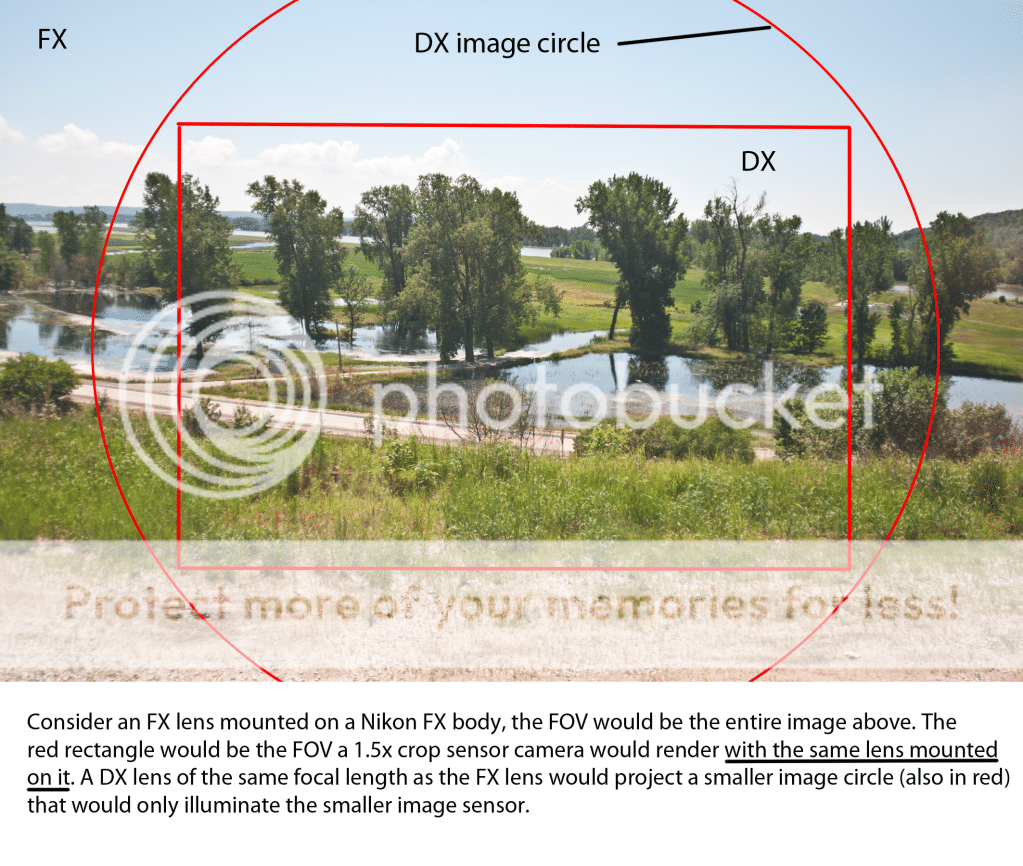Carny
No longer a newbie, moving up!
- Joined
- May 15, 2011
- Messages
- 216
- Reaction score
- 29
- Location
- OK
- Can others edit my Photos
- Photos OK to edit
I understand crop factor (I think anyways), but I see it referred to so often I start second guessing myself. The confusion comes when people talk about gaining 1.6x extra reach on their lenses. If I take a picture of a bird using my 800mm lens on my 1Dx and 7D, isn't the bird the same size in each shot? It just fills more of the frame on the 7D, right?
So, here is what confuses me. I have these two shots. If I crop the one from the 1Dx to match the 7D will the image not be as good as the one shot straight from the 7D? Or is it because after cropping you have to stretch what's left to get back to the full size, and have done a digital zoom sort of thing.
I just don't get how and image from the 5Dii cropped to match a 7D pic wouldn't still have better IQ.
Hopefully someone will understand what I'm getting at and explain it to me or repost it in a way that others can understand and respond, lol
So, here is what confuses me. I have these two shots. If I crop the one from the 1Dx to match the 7D will the image not be as good as the one shot straight from the 7D? Or is it because after cropping you have to stretch what's left to get back to the full size, and have done a digital zoom sort of thing.
I just don't get how and image from the 5Dii cropped to match a 7D pic wouldn't still have better IQ.
Hopefully someone will understand what I'm getting at and explain it to me or repost it in a way that others can understand and respond, lol


![[No title]](/data/xfmg/thumbnail/37/37540-73002ccb910b97978bc38658622a34d3.jpg?1734170695)







![[No title]](/data/xfmg/thumbnail/42/42066-badd1780980376f04f261f985a608adf.jpg?1734176465)


